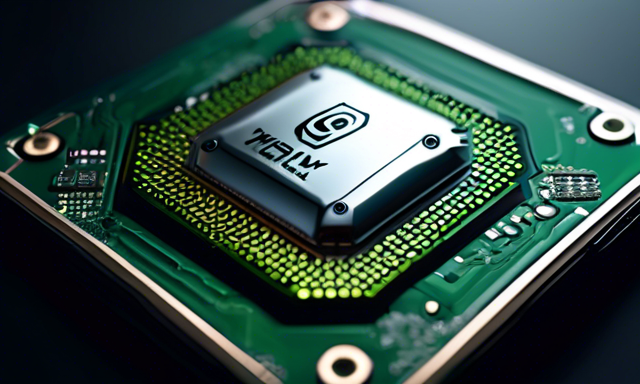Unlocking Efficiency with NVIDIA NIM: Optimizing AI Applications
In today’s fast-paced world of AI development, the focus is on creating powerful generative AI applications that deliver maximum efficiency and minimal latency. The latest insights from the NVIDIA Technical Blog reveal how enterprises are leveraging NVIDIA NIM microservices to enhance throughput and latency for large language models (LLMs), ultimately improving operational costs and user experiences.
Measuring Efficiency Metrics
Key metrics play a crucial role in determining the cost efficiency of AI applications:
- Throughput: This metric measures the number of successful operations completed within a specific timeframe, reflecting an enterprise’s ability to handle multiple user requests concurrently.
- Examples of throughput metrics include tokens processed per second.
- Latency: Latency refers to the delay in processing data and generating responses, directly impacting user experience and system performance.
- Sub-metrics like time to first token (TTFT) and inter-token latency (ITL) provide detailed insights.
Striking the Right Balance
Optimizing throughput and latency requires a delicate balance based on specific factors:
- Consider the number of concurrent user requests and establish an acceptable latency budget for optimal performance.
- Increasing concurrent requests can boost throughput but might elevate latency levels for individual users.
- Deploying additional GPUs can sustain performance during peak demand, ensuring a seamless user experience.
Enhancing Efficiency with NVIDIA NIM
NVIDIA NIM microservices offer a suite of solutions to enhance performance and efficiency:
- Implementing runtime refinement and intelligent model representation techniques optimize system performance.
- Tailored throughput and latency profiles ensure optimal resource allocation and utilization.
- NVIDIA TensorRT-LLM further refines model performance by adjusting key parameters.
Performance Benchmark of NVIDIA NIM
Real-world benchmarks showcase the tangible benefits of utilizing NVIDIA NIM:
- The NVIDIA Llama 3.1 8B Instruct NIM exhibited a notable improvement in throughput and latency compared to open-source alternatives.
- Live demonstrations highlighted the efficiency gains provided by NIM’s advanced techniques, showing significant speed enhancements.
Embracing Innovation with NVIDIA NIM
NVIDIA NIM sets a new standard for enterprise AI applications, providing unmatched performance, scalability, and security:
- Enterprises seeking to elevate customer service, optimize operations, or drive innovation in their respective industries can leverage NVIDIA NIM for robust and secure AI solutions.
Hot Take: Elevate Your AI Applications with NVIDIA NIM
Transform your AI landscape with NVIDIA NIM microservices, unlocking unparalleled efficiency, performance, and user experiences for your organization.





 By
By
 By
By

 By
By
